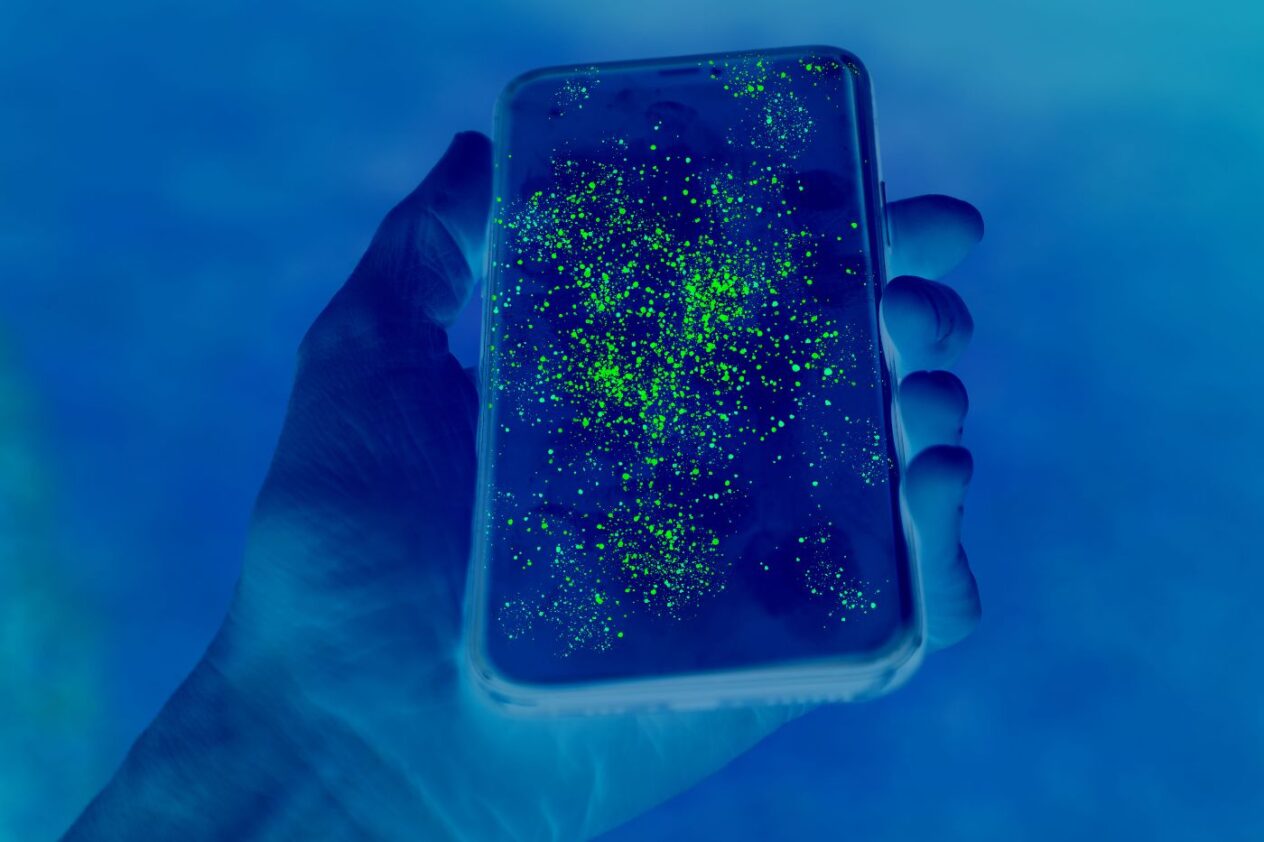By Sanjay Gupta, president and CEO, BioVigil
During the height of the COVID pandemic, there was a constant drumbeat of information around handwashing as a way to prevent the spread of the virus. Portable hand sanitizer stations popped up everywhere.
Now that the public emergency phase of COVID has passed, we’re not seeing such pervasive informational campaigns around hand hygiene. But it’s still important to be aware, and to keep hands clean. Not only to prevent spreading COVID, but to avoid transmitting a host of other illnesses like cold and flu, stomach bugs and upper respiratory illnesses.
How hands transmit germs
Throughout the day, you touch a lot of different things. If the things you touch have germs on them, your hands can pick up those germs, then transmit those germs to the next touchpoint.
If your hands have come into contact with germs, and then you scratch your nose, rub your eye, or handle food, those germs can go from your hands into your body where you can get sick.
That’s why it’s so important to wash your hands. In fact, one study found that improved hand hygiene resulted in a 31% reduction in gastrointestinal illness and a 21% reduction in respiratory illness.
Do you know what you’re touching?
The truth is, not everyone washes their hands after using the restroom, scratching a sore, or after covering a cough or sneeze with their hand. Others may forget to wash their hands after handling raw meat when preparing a meal. They then transmit bacteria and other germs from their hands to the objects they touch.
Often, these are things you touch too. For example, one study found about 253,857 colony-forming units of bacteria per square inch on airport check-in screens. Other studies have found microorganisms that cause staph infections and gastrointestinal illnesses on high touch items like touchscreens and doorknobs.
Now that we are back out in stores, restaurants, offices, and other gathering places, we’re touching a lot of things as we go about our day. Here’s a list of high-touch items that you might contact:
- Stair and escalator railings
- Doorknobs and handles
- Light switches
- Countertops and tabletops
- Remote controls
- Elevator buttons
- Faucet handles
- Shopping carts
- Touchscreens and keypads – At the checkout, ATM, gas pump, kiosk, even the breakroom microwave.
Of course, there are many other things we contact throughout the day, and usually without even thinking about it. So, it’s a good idea to maintain the habit of frequent hand cleaning.
When and how to clean your hands
Make sure to thoroughly clean your hands in these instances:
- Before and after preparing food
- Before and after eating food
- After using the restroom
- After changing diapers
- After blowing your nose or sneezing
- Before and after visiting someone in a health care facility
- Before and after caring for someone who is sick
- After touching animals, their food or their waste
- After high-touch exposures
It’s best to clean your hands with soap and water for at least 20 seconds. Soap and water remove germs from your hands. If soap and water is not available, use hand sanitizer that has at least 60% alcohol. Hand sanitizer kills most germs on the skin. Either way, rub your hands together thoroughly and make sure to get all parts including the fingertips and under your fingernails.
Transmission of many illnesses can be prevented with proper hand hygiene. It’s okay to be out and about, enjoying all of life’s activities. Just make sure your hands are clean!
Sanjay Gupta is president and CEO of BioVigil, an electronic hand hygiene monitoring solution for healthcare facilities.

